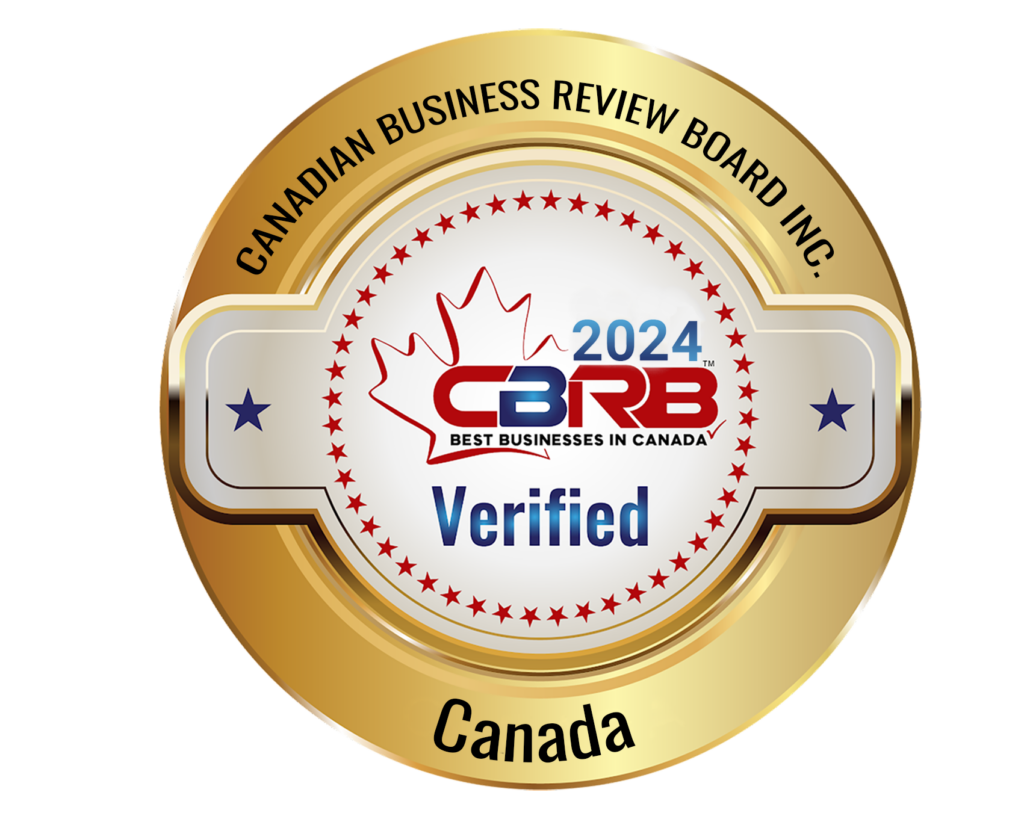“How SWOT Analysis and PESTEL Provide Strategic Insights for Navigating Challenges and Capitalizing on Opportunities in Healthcare Business Launches”
Launching a new business in the healthcare industry necessitates a profound comprehension of market dynamics, competitive landscape, regulatory frameworks, and emerging trends. To navigate these complexities, two powerful tools—SWOT Analysis and PESTEL —can provide actionable insights and strategic guidance. Healthcare entrepreneurs can leverage both of these frameworks to make informed decisions, mitigate risks, and seize opportunities.
Launching a new business in the healthcare industry requires a deep understanding of the market, competition, regulations, and emerging trends. Discover how leveraging SWOT Analysis and PESTEL can pave the way for a successful healthcare business launch.
Understanding SWOT Analysis in Healthcare Business Launches
SWOT analysis, such as identifying a healthcare startup’s strengths like a qualified medical team, weaknesses in limited brand awareness, opportunities in rising demand for healthcare services, and threats from changing regulations, plays a vital role in strategic planning for healthcare businesses.
In the context of a healthcare startup, this analysis can provide clarity on the organization’s current position and its future potential. By conducting a SWOT analysis in the healthcare industry, entrepreneurs can gain insights into market positioning, regulatory compliance strategies, and opportunities for technological innovation that can drive business growth. This information can be crucial in developing a business plan that addresses market needs and positions the company for success. Additionally, understanding the political and economic factors affecting healthcare can help entrepreneurs navigate complex industry dynamics and make informed decisions to drive growth and sustainability in their business.
Strengths
Strengths represent the core capabilities and advantages that differentiate your healthcare business from competitors, allowing you to establish a strong market presence and meet the needs of patients effectively. In the healthcare industry, these could include:
- Qualified Medical Team: Having a team of experienced healthcare professionals is a major asset.
- Innovative Technology: Offering cutting-edge healthcare solutions or products can position the business as a leader.
- Specialized Expertise: A niche focus, such as geriatric care or pediatric services, can differentiate your business from competitors.
- Strong Relationships: Established partnerships with hospitals, medical suppliers, or insurance providers can bolster your business operations.
When conducting secondary market research, focus on identifying internal factors that set your business apart from others in the industry. These strengths should align with market needs and customer expectations. For example, a healthcare company that specializes in geriatric care could offer in-home nursing services tailored specifically for elderly patients with chronic conditions. By partnering with local hospitals and insurance providers, they can ensure seamless coordination of care and improve patient outcomes. This unique offering and strong network of relationships can help solidify the company’s position as a leader in the market and attract more clients seeking specialized care for their elderly loved ones.
Weaknesses
Weaknesses are internal challenges or limitations that could hinder growth. Transitioning from strengths to weaknesses in a new healthcare business context, common weaknesses may include:
- Limited Brand Awareness: Being a new player in the market often means a lack of recognition.
- High Operational Costs: Healthcare businesses, particularly those involving advanced equipment or specialized staff, often face significant initial expenses.
- Regulatory Compliance: Navigating complex healthcare regulations can be overwhelming, especially without prior experience.
- Limited Resources: A lack of financial capital, technological infrastructure, or workforce could hinder scaling efforts.
Addressing these weaknesses early through proper planning and resource allocation is key to minimizing their impact on your business launch. For example, a startup healthcare clinic may struggle with high operational costs due to the need for expensive medical equipment and skilled healthcare professionals. Additionally, ensuring compliance with ever-changing healthcare regulations may require investing in legal counsel or regulatory experts to avoid costly penalties.
Opportunities
Opportunities refer to external factors that the business can exploit to its advantage. Secondary market research in the healthcare sector might reveal:
- Rising Demand for Healthcare Services: With aging populations and an increasing prevalence of chronic diseases, healthcare services are in high demand.
- Technological Advancements: The rise of telemedicine, AI-driven diagnostics, and wearable healthcare devices creates new business avenues.
- Government Funding and Support: Grants, subsidies, and healthcare reform initiatives may provide financial and regulatory support for startups.
- Growing Interest in Preventive Healthcare: As more people seek out wellness and preventive care, businesses offering health education or preventive services can tap into this trend.
Leveraging these opportunities effectively can help your business grow rapidly, especially if you tailor your offerings to meet emerging trends in the healthcare industry. For example, a startup could develop an AI-powered app that analyzes data from wearable devices to provide personalized health recommendations. By securing government funding and support, the startup could navigate regulatory hurdles and scale their business more quickly. Additionally, by focusing on preventive healthcare services such as virtual health coaching or nutrition counseling, the startup could attract a larger customer base interested in maintaining their overall well-being.
Threats
Threats are external factors that could pose risks to your business. Some common external threats in the healthcare industry may include:
- Changing Regulations: New healthcare policies or regulations can create compliance challenges.
- Competition: Established players with strong market presence and resources can make it difficult for new businesses to gain traction.
- Economic Downturns: Healthcare services, especially elective ones, may be affected by economic fluctuations and reduced consumer spending.
- Technological Disruption: Rapid advances in medical technology can make current offerings obsolete if a business is not quick to adapt.
By identifying threats early, businesses can develop contingency plans and strategies to mitigate these risks, ensuring a smoother launch and sustainable growth. For example, a new medical device company may face challenges entering the market due to established competitors dominating the industry with their resources and brand recognition. Additionally, during an economic downturn, a healthcare startup offering elective procedures may struggle as consumers prioritize essential services over non-urgent treatments.
PESTEL Analysis for Healthcare Businesses
While SWOT Analysis focuses on internal and external factors related to a business’s operations, PESTEL analysis examines the broader macro-environmental forces that can influence the success of a business. This comprehensive analysis equips healthcare entrepreneurs with insights into the multifaceted landscape of political, economic, social, technological, environmental, and legal factors influencing their operations.
Political Factors
The healthcare industry is heavily influenced by government regulations and policies, making political factors crucial in determining the success of a business launch.
- Healthcare Policies: Changes in healthcare reform, insurance policies, and government healthcare spending can directly affect business models.
- Taxation and Subsidies: Healthcare businesses may benefit from tax incentives or subsidies aimed at improving healthcare access and affordability.
- Political Stability: In regions with unstable political environments, uncertainty can disrupt operations, making market research essential to understanding risks.
When entering a new market, businesses must stay informed about healthcare laws and policies to remain compliant and strategically align with future changes. For instance, envision a scenario where a healthcare technology company expanding into a new market navigates government healthcare spending and insurance policies to anticipate the demand for their innovative products. They may also need to assess potential tax incentives or subsidies available to them in order to optimize their business model and remain competitive in the market.
Economic Factors
Economic factors can have a significant impact on healthcare businesses, especially during periods of economic growth or recession.
- Consumer Purchasing Power: The general economic conditions will determine how much individuals can spend on healthcare, particularly for out-of-pocket or elective services.
- Healthcare Costs: Rising healthcare costs, both in terms of services and supplies, can put pressure on margins and consumer affordability.
- Recession Impact: Economic downturns may lead to reduced healthcare spending, while public health initiatives may boost demand during times of crisis.
In conducting market research, healthcare businesses need to evaluate how economic conditions will affect their pricing, demand, and profitability. For example, during a recession, individuals may prioritize necessary medical expenses over elective procedures, leading to a decrease in revenue for cosmetic surgery clinics. On the other hand, during a public health crisis like the COVID-19 pandemic, there may be an increased demand for telehealth services, driving up profits for providers offering virtual consultations.
Social Factors
Social factors, such as demographics, cultural trends, and consumer behaviors, can shape the demand for healthcare services.
- Aging Population: An increasing number of older adults creates demand for specialized services such as geriatric care, long-term care, and chronic disease management.
- Public Health Awareness: Consumers today are more health-conscious, creating demand for preventive services, wellness programs, and educational outreach.
- Cultural Attitudes Toward Healthcare: Varying attitudes toward mental health, wellness, and alternative medicine can influence service offerings and patient engagement.
For instance, aligning with the growing trend of mental wellness awareness through social trend research could enable a healthcare business to offer tailored services that resonate with the target demographic, fostering better patient engagement and satisfaction. For example, a healthcare business may conduct secondary research to identify the growing trend of mindfulness and meditation among younger demographics. In response, they could start offering classes or workshops on stress management and mental wellness to attract and engage this target market.
Technological Factors
Technological innovation is transforming the healthcare industry at a rapid pace. Businesses that can stay at the forefront of these advancements are better positioned to succeed.
- Telemedicine: The rise of telehealth services allows businesses to provide remote healthcare solutions, expanding reach and improving accessibility.
- AI and Data Analytics: Leveraging AI for diagnostics, patient management, and personalized treatment plans offers competitive advantages.
- Medical Devices and Wearables: The growing use of wearable health monitors and home-based diagnostic tools presents new opportunities for healthcare businesses.
By integrating new technologies into their business model, healthcare startups can set themselves apart from competitors and appeal to tech-savvy consumers. For example, a telemedicine platform that utilizes AI algorithms for diagnosing common ailments and recommending treatment plans can help patients receive timely and accurate medical advice from the comfort of their own homes. Additionally, a healthcare startup that develops wearable devices for monitoring chronic conditions, such as diabetes or heart disease, can empower patients to take control of their health and provide valuable data to healthcare providers for better decision-making.
Environmental Factors
Environmental sustainability is increasingly important in the healthcare sector, particularly as businesses face pressure to reduce their ecological footprint.
- Sustainable Practices: Eco-friendly initiatives, such as waste reduction, energy-efficient buildings, and environmentally conscious product sourcing, are becoming industry standards.
- Climate Change: The effects of climate change on public health, such as the increased prevalence of certain diseases, can also shape service offerings and public health outreach.
- Regulations on Waste Disposal: Compliance with environmental regulations on the disposal of medical waste and hazardous materials is critical.
Healthcare businesses can leverage sustainable practices as a unique selling point, catering to environmentally conscious patients and aligning with regulatory requirements. For example, a healthcare facility may implement a recycling program for medical waste and hazardous materials to reduce their environmental impact and comply with regulations. They could also partner with suppliers who prioritize sustainable sourcing practices, such as using recycled materials for medical equipment, to appeal to eco-conscious patients and differentiate themselves in the market.
Legal Factors
The healthcare industry is one of the most heavily regulated sectors, with strict legal guidelines that must be followed to ensure compliance.
- Healthcare Compliance: Healthcare businesses must navigate complex regulations related to patient privacy (HIPAA in the U.S., PIPEDA in Canada), licensing, and accreditation.
- Medical Malpractice: Legal considerations around malpractice liability and insurance coverage are critical for any healthcare business.
- Drug and Device Approval: Regulatory bodies such as the FDA or Health Canada must approve new medical products before they can be brought to market.
Thorough legal research is crucial for comprehending the regulatory environment and minimizing legal risks for healthcare businesses. For example, a medical device company looking to launch a new product would need to ensure that it meets all FDA regulations for safety and efficacy before it can be sold to healthcare providers. This would involve conducting extensive legal research on the approval process, submitting necessary documentation, and obtaining insurance coverage in case of any malpractice claims resulting from the use of the product.
Integrating SWOT Analysis and PESTEL for Strategic Decision-Making
When launching a healthcare business, using both SWOT and PESTEL analyses in tandem provides a comprehensive view of both internal and external factors. SWOT helps you understand your unique position in the market, while PESTEL identifies broader industry trends and challenges that could impact your business.
For example:
- SWOT Strengths + PESTEL Opportunities: Identify how your business’s strengths align with market opportunities, such as using your innovative technology (a strength) to capitalize on growing demand for telemedicine (an opportunity).
- SWOT Weaknesses + PESTEL Threats: Recognize how external threats like changing regulations could exacerbate internal weaknesses such as limited compliance experience, allowing you to develop strategies to mitigate those risks early.
Integrating both analyses allows you to blend your internal strengths with external environmental factors, creating a strong and data-driven business strategy that aligns your capabilities with market opportunities and challenges, facilitating informed decision-making.
Conclusion
Launching a successful healthcare business goes beyond a mere idea—it necessitates meticulous planning and strategic decision-making. By leveraging SWOT analysis and PESTEL during secondary market research, healthcare entrepreneurs can gain valuable insights into their business’s internal dynamics and the external forces shaping the industry. Collectively, these tools empower businesses to overcome challenges, capitalize on opportunities, and achieve a robust and enduring launch in the competitive healthcare sector.









